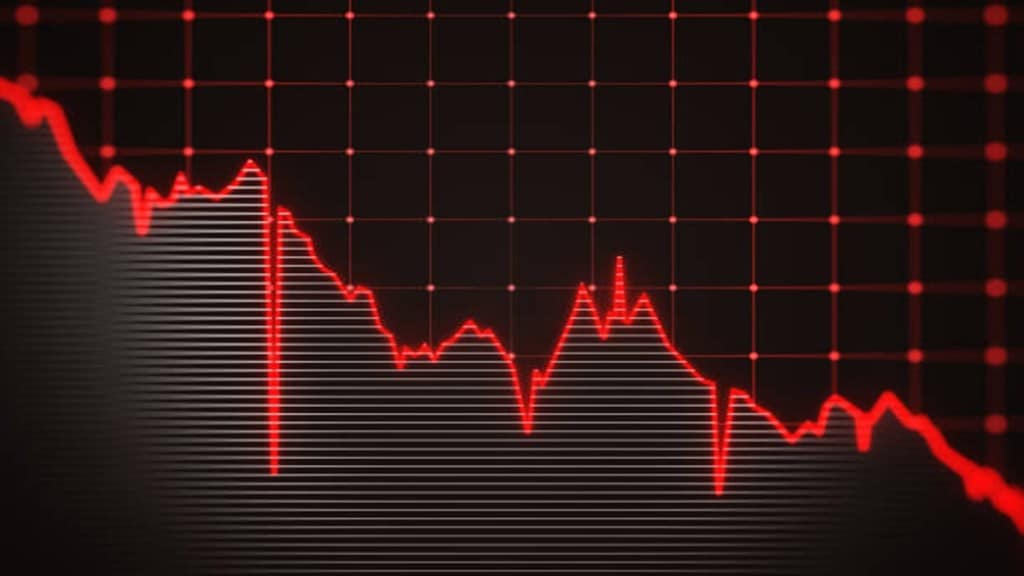Donald Trump’s first 100 days have rocked the global markets. From international trade to global stock markets to bonds, Trump’s first 100 days as the 47th President of the United States have rocked them all.
S&P 500, a key benchmark of the US stock market, is down by 8% since the day Trump took office on January 20, 2025. Donald Trump’s second term marks the worst start for a new administration since Gerald Ford took office five decades ago.
The single most pertinent reason for the investors to lose trillions of dollars of stock market wealth has been Trump’s tariffs. Trump declared higher tariffs and introduced ‘reciprocal tariffs’ on almost all countries. The fear that Trump tariffs will lead to a recession starting in the US and spreading into other countries led the stock market to fall.
Trump’s April 2 ‘liberation day’ trade polices have caused volatility, affecting investors’ confidence in America’s growth prospects and raising concerns about a potential tariff-induced inflation rebound in the world’s largest economy.
Trump’s America First policies and measures to bring manufacturing back to America took a heavy toll not only on the equity markets. The dollar weakened and fell below 100, and the bond market saw a big sell-off as investors lost faith in US Treasuries.
“We’re already seeing early signs of de-dollarisation. More trade is being conducted in yuan, euros, and even gold. If this trend gains traction, it will have profound implications for US borrowing costs, capital markets, and the global economy,” says Nigel Green, chief executive of deVere Group.
The shakeout in the markets stopped once Trump backpedaled and paused reciprocal tariffs for 90 days for some countries.
As of today, negotiations are on between the US and other nations, but the trade war between US-China doesn’t look to ease tensions anytime soon. Market, however, is not looking convinced and expects the trade war to prolong.
The large tech ‘Magnificent 7 Stocks’ helped the S&P 500 soar in 2023 and 2024. The bull run in ‘Magnificent 7 Stocks’ suffered two setbacks. The introduction of DeepSeek into the AI market in late January became a serious challenge to the majority of these large IT firms.
The announcement of Trump’s tariffs, which were intended to limit economic development, dealt the other blow. Sensing a decline, investors began selling off high-value tech firms, which caused the S&P 500 index to decline.
Many large American banks have, in recent weeks, slashed their end-of-year S&P 500 price targets. “Trump’s policies could fundamentally alter global capital markets in the long term. As trade alliances splinter and political risk premiums rise, investors will be forced to reassess the primacy of US assets — and the global reliance on the dollar itself,” adds Green.
Trump’s 100 days in office are over, but US tariffs continue to stir concerns about a global economic slowdown. Crude oil futures fell below USD 60 per barrel on fears about declining global demand as a result of continued trade tensions between the United States and China.
Consumer confidence in the United States has fallen to its lowest level in over five years, compounding concerns about the economy’s overall outlook. While the Trump administration’s recent steps to reduce some trade tensions have offered some relief, overall market sentiment remains apprehensive.

